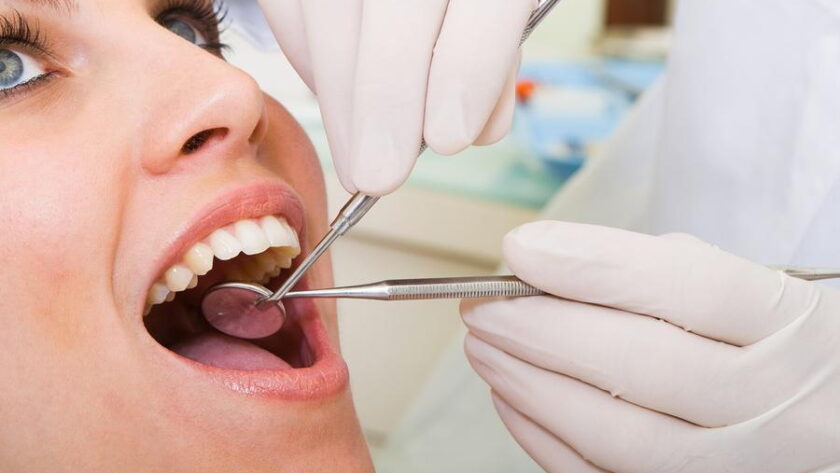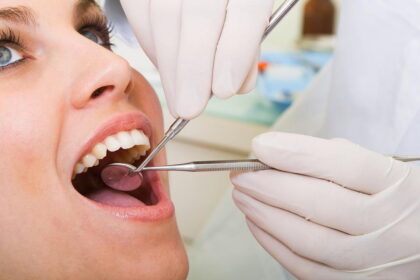Toothache can be distressing and negatively impact your routine life. Mild toothaches can be managed through home remedies or resolved gradually on their own. However, intense or excruciating toothache with other signs of infection requires immediate attention by the emergency dentist in Queens, NY. It is essential to address toothache by knowing its root cause.
This informative blog will explore everything about toothache and its management.
What is toothache?
A toothache refers to any pain in and around your tooth. The pain may vary in intensity which requires different treatment options. Mild forms can be treated at home, while severe forms require professional dental care. Toothache with other signs of infections like toothaches and chills is considered a dental emergency.
What causes a toothache?
Possible toothache causes include:
- Cavities
- Abscessed tooth
- Cracked tooth
- A damaged dental crown or filling
- Bruxism (teeth clenching or grinding)
- Gum disease
What are the symptoms of toothache?
Pain is the classical symptom of toothache. The pain may be dull, sharp, shooting, or throbbing. You may experience other symptoms along with a toothache. These include:
- Teeth sensitivity
- Swelling in the gums
- Bleeding gums
- Pain radiating to your ear, jaw, or neck
- Headache
- Bad breath
- Fever
- Chills
- Body aches
- Tooth abscess with pus discharge
How do dentists treat toothache?
Toothaches with other signs of infection require prompt dental care and attention since it is considered a dental emergency. Emergency dentists may recommend the following treatment options based on the intensity and cause of the pain:
-
- Medications
- Pain relievers and antibiotics can ease toothache symptoms by fighting off infection.
- Medications
- Dental fillings
-
- Minor tooth cavities or a part of the tooth broken can be fixed through regular dental fillings such as amalgam or composites.
- Root canal therapy and crowns
- Larger cavities or the ones involving the pulp may require extensive treatment like root canal therapy followed by crown fabrication.
- The root canal procedure eliminates infection and the crown seals the tooth completely to prevent further damage.
- Inlays and Onlays
- Sometimes a filling may be too big but not large enough for a crown.
- Such cases require inlays or onlays to fit your tooth surface.
- Extraction
- Saving a natural tooth is the prime goal of most dentists. But if the damage is extensive and the tooth cannot be saved, tooth extraction is recommended.
- This is followed by tooth replacement through bridges or dental implants.
Bottom line
A toothache can be mild without much inconvenience or it can be so severe that it can disrupt your routine life. Toothache is an indication of an underlying problem that requires attention. And if it is accompanied by other signs of infection it is considered a dental emergency, requiring immediate care and attention. Seek dental help from an emergency dentist for further evaluation and management.





